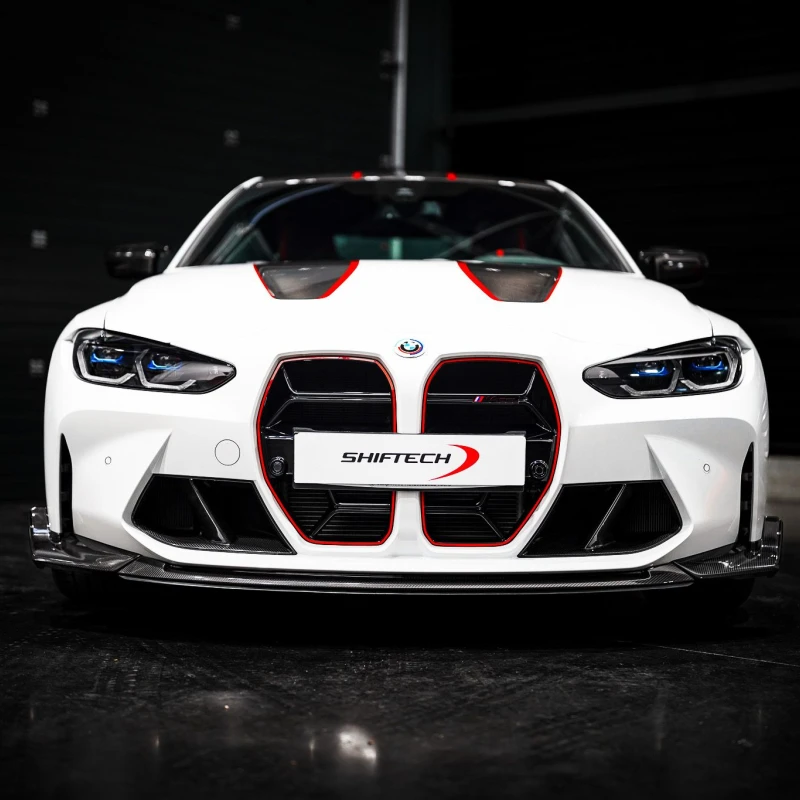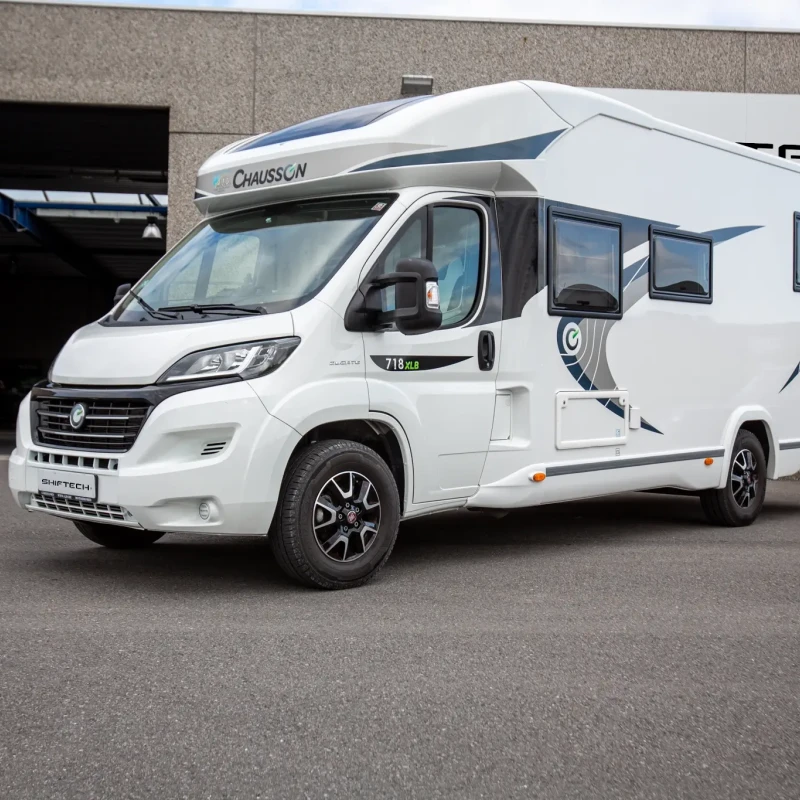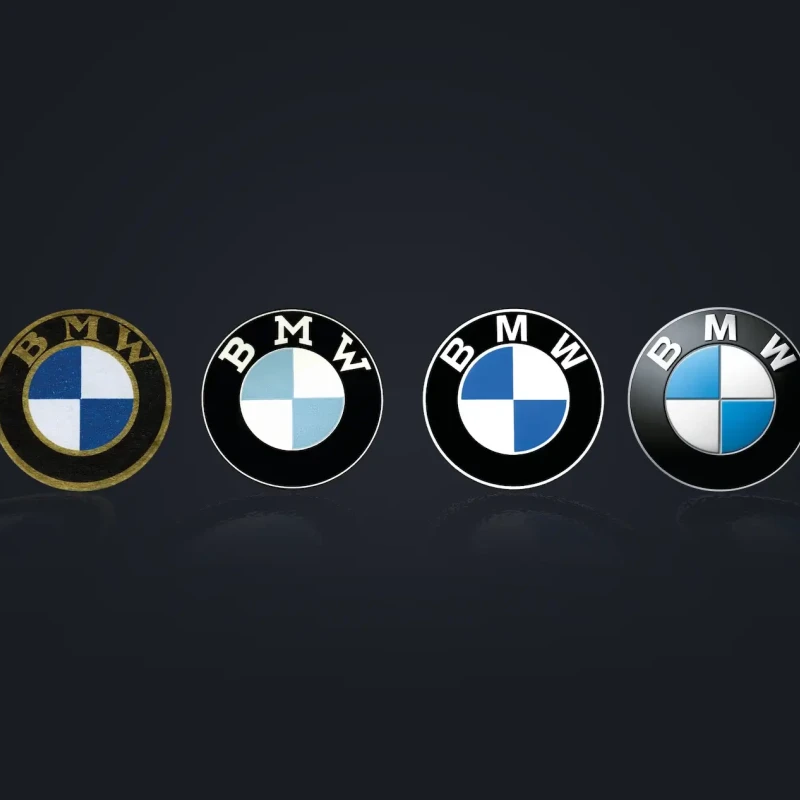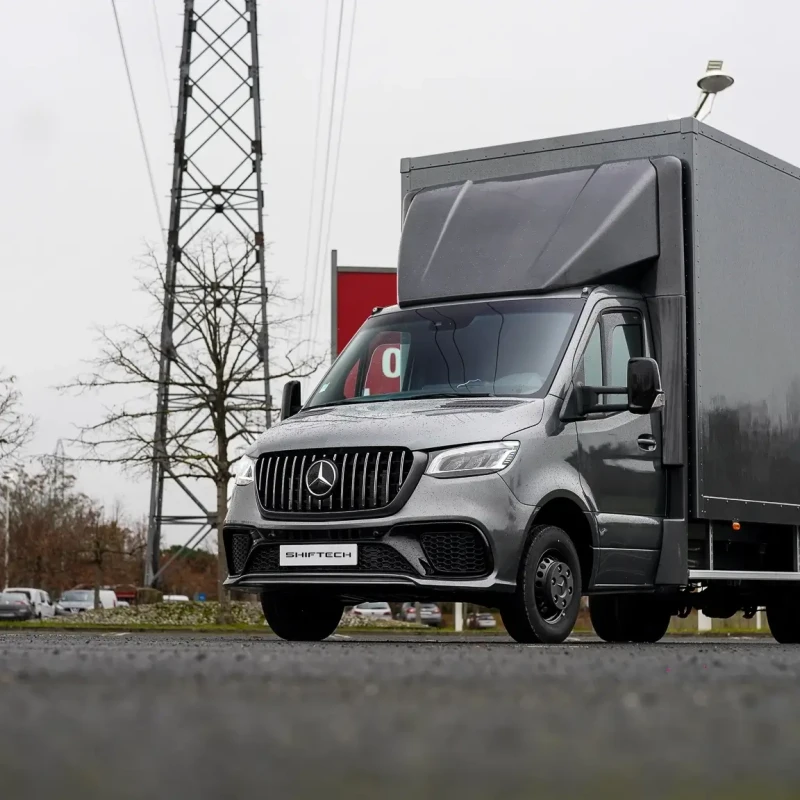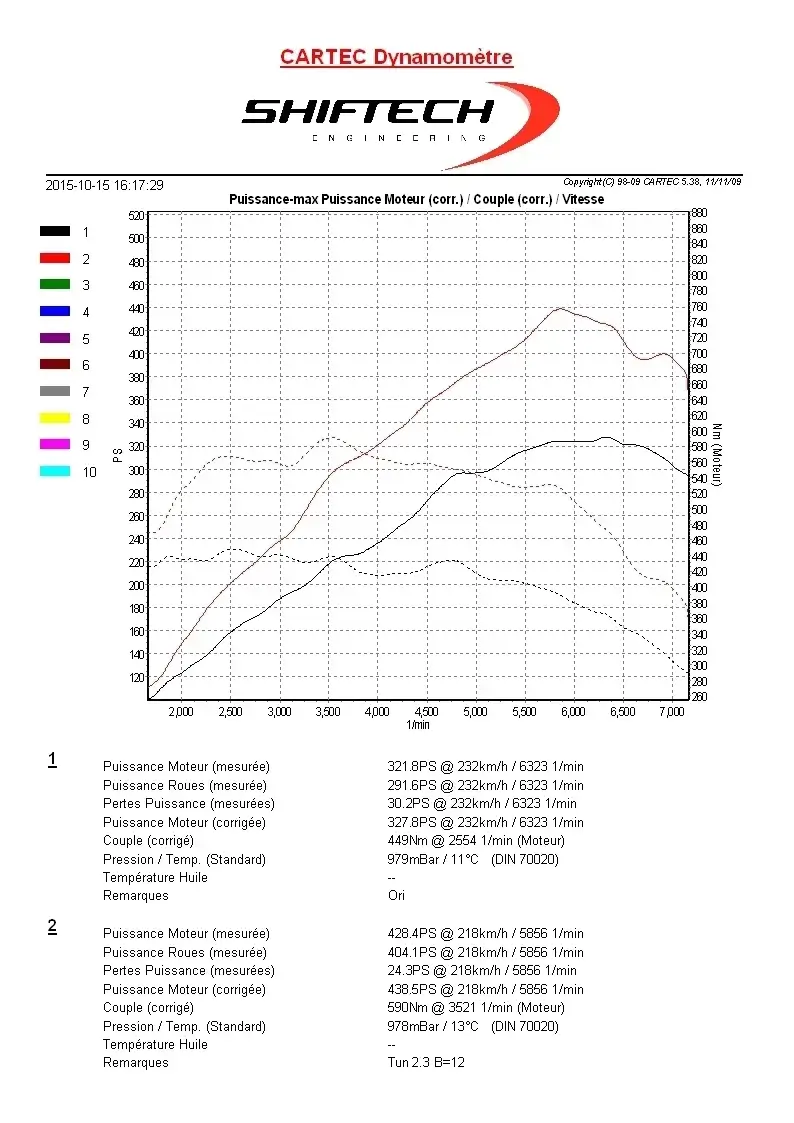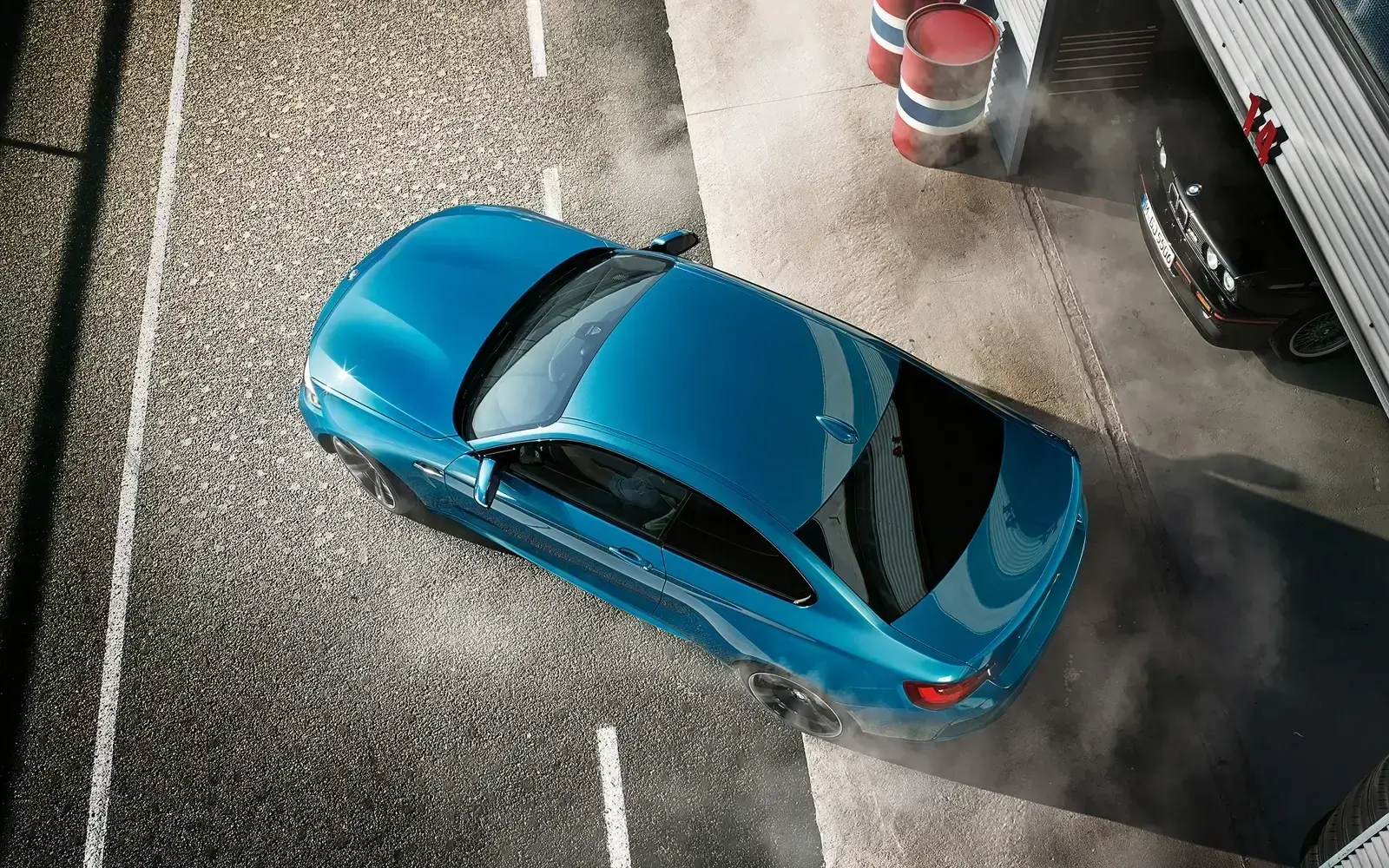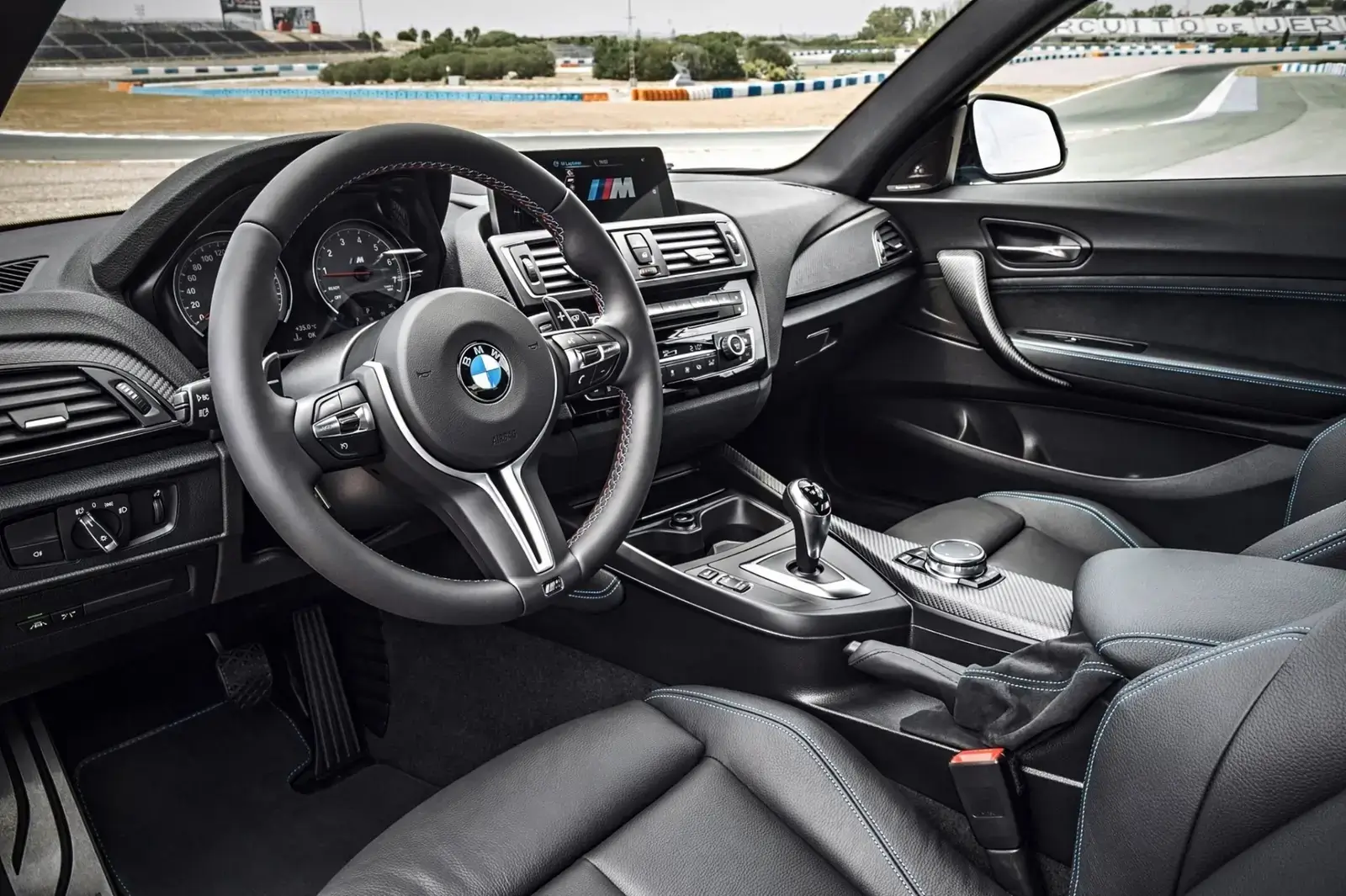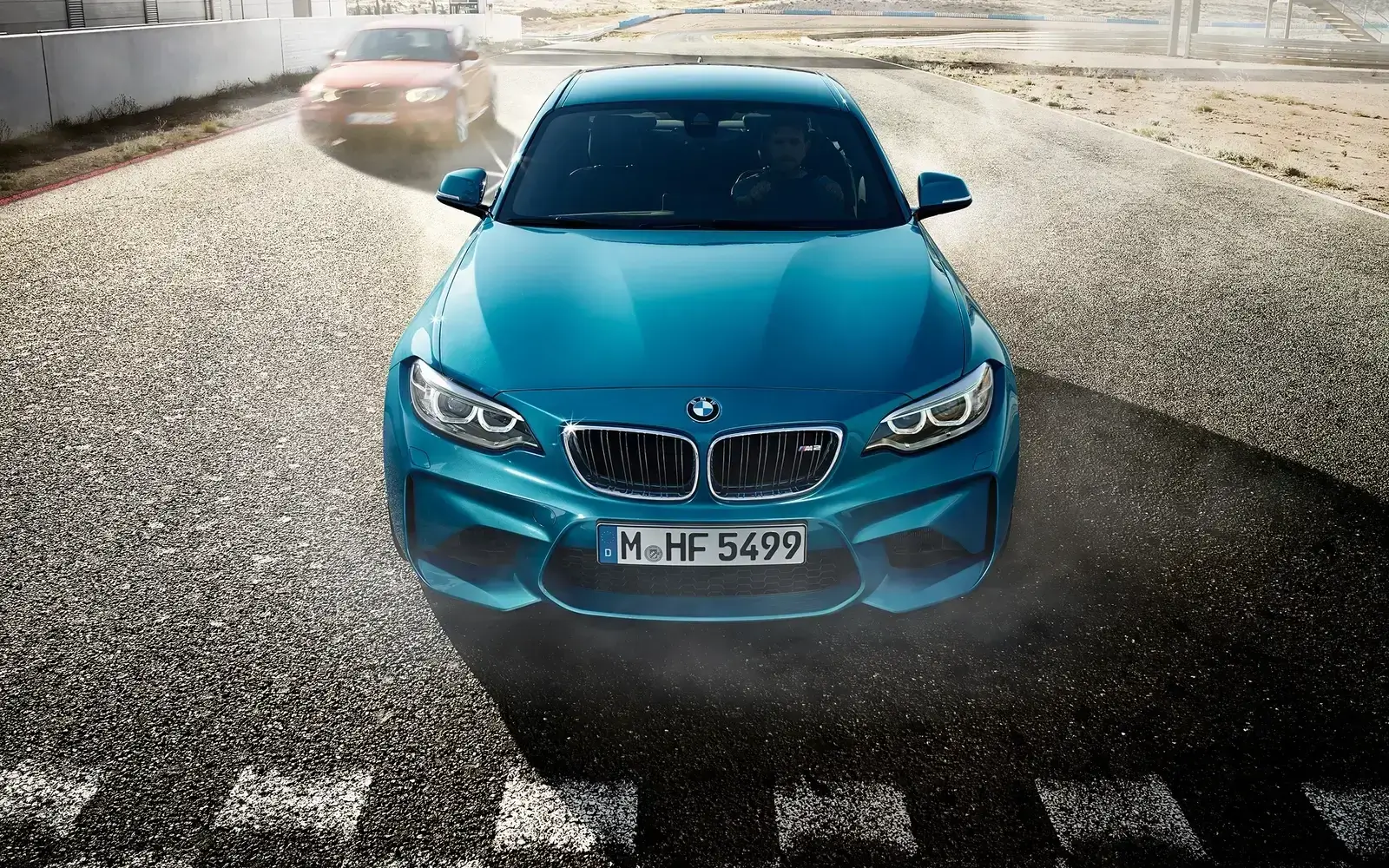
BMW M235i VS M2
It's been the talk of the town since 14 October. BMW's new little bombshell is out: the M2. It's the logical successor to the 1M. As a reminder, since the reclassification of model names at BMW, even numbers have been assigned to coupé models.
So is it just a body-built M235i or a metamorphosis?
Aesthetically, a great deal of work has been done to ensure that there is never any doubt between an M2 and an M235i. The four tailpipes (quite similar to the 1M), the widened wings and the very aggressive front end are unmistakable. In fact, this is what we criticise about the new Audi RS3, particularly the wings. However, the rear-view mirrors are identical to those of the M235i, the seats are rather conventional and there are no carbon accessories - a profile similar to that of the M4 would have been welcome!
As for the engine, there are changes here too. Unlike the 1M, which simply uses the 3.0 twin-turbo N54 of the 135i, the M2 does not simply use the engine of the M235i. In fact, several elements such as the gearbox and running gear from the M3/M4 have been taken over.
Note from the engineer!
Typical Audi: the plus version does not alter the performance or handling of the production vehicle, nor does it pretend to do so.
Audi's aim seems to be simply to honour a model at the end of its life by offering a limited number of examples. this little 'extra' on paper is unnecessary, but essential if you fall in love with this R8.
On the mechanical front, little or nothing has changed. The R8's engine is none other than that of the Lamborghini Gallardo LP-560, electronically limited at the throttle to 525 bhp for the original R8 and 550 bhp for the 'plus' version. the GT version, meanwhile, was given a completely unbridled 560hp version. electronically, therefore, it is possible to unbridle the throttle to obtain a 560hp base. then, by essentially adjusting the ignition and richness, you can gain a few extra bhp at high revs. a sine qua non condition: use 98 octane fuel. this seems legitimate to us when you own this type of vehicle.
The result is an increase in power to 588 bhp, a very respectable score!
Where 'everything' changes is in the gearbox. "It's true that the robotised R-Tronic gearbox didn't make everyone happy and lacked a bit of sportiness because of its very long shift times. This 'plus' version, on the other hand, is equipped with a 7-speed dual-clutch gearbox with gearshifts of less than 85ms. that's what really changes everything about this vehicle. smoother under light loads and quicker when the vehicle is under strain, this gearbox works wonders on this Audi R8 V10.
The Quattro transmission and its rear-wheel drive torque distribution give it the necessary dynamism to make us forget its weight of 1600kg.
Finally, to the ear, the V10 offers a sound that we will probably never tire of, and in this respect we are pleased to note that Audi has decided to keep this 5.2 V8 in the 2015 R8 catalogue.
Conclusion
BMW has once again managed to surprise us. They have a knack for positioning one vehicle between two others. With the M2, there's clearly more than in an M235i but clearly less than in an M4, so every time you set your sights on a vehicle, you can always tell yourself that if you invest a little more, you can get the model just above it that's even better. So should you fall for the M2?
So should you go for the M2? Yes, of course you should. With its body kit, engine and limited-slip differential, you'd be wrong not to. But if you're not lucky enough to be among the first to buy one, you can always fall back on a reasonably priced M235i with ShifTech chiptuning. A compromise, at a lower cost, which will ultimately enable you to obtain performance equal to or even superior to that of an original M2, as shown by the power curve below.
Learn more
View articles
Similar

